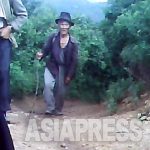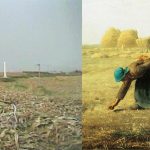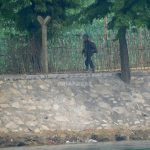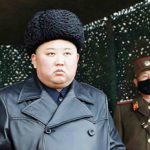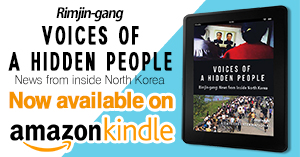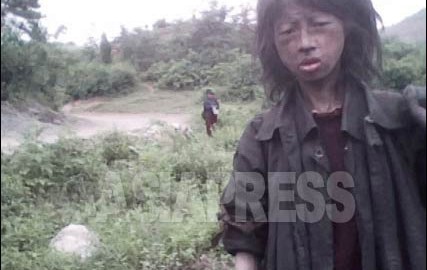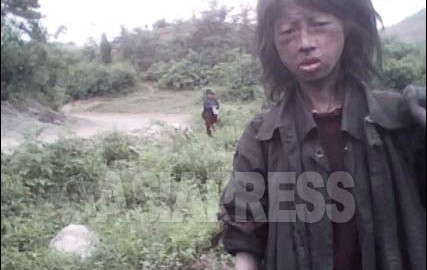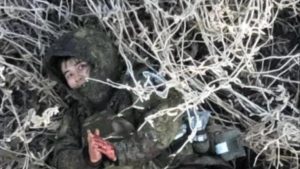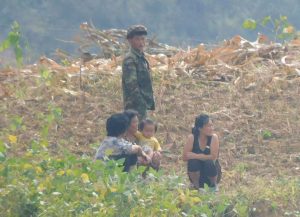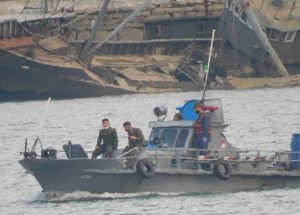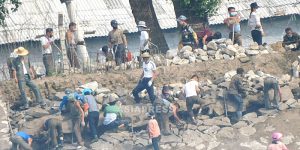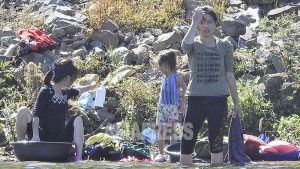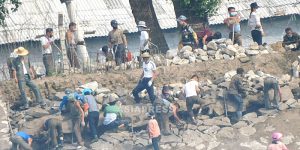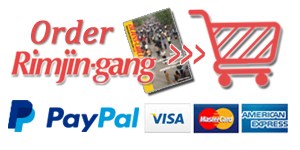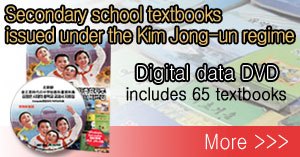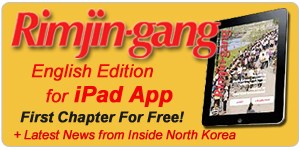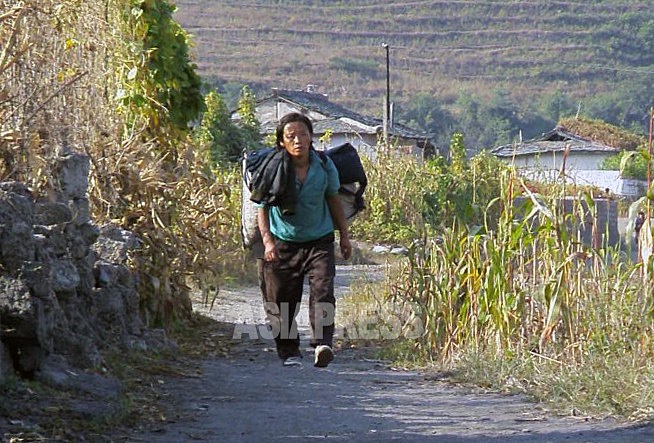
◆ Expansion of the State Food Supply Network
Food supply centers and grain sales stores are the most important components of the North Korean authorities' new food distribution policy.
Article 45 of North Korea's Grain Management Law, revised in 2021, states:
"Central agricultural institutions and local agricultural guidance institutions must arrange food supply centers and grain sales stores according to the distribution of the food supply target population and regional characteristics."
Food supply centers, commonly known as "rationing centers," provided food to residents at virtually free prices during the period when North Korea's rationing system operated normally, but are now known to have limited supply targets and quantities.
The mention of grain sales stores in the above legal text did not exist in the 2015 version of the law and appears to have been added as the Kim Jong-un regime prepared for new agricultural policy reforms.
Grain sales stores were introduced during the Kim Jong-il era in an attempt to reassert state control over food distribution, which had been weakened by the rapid expansion of market food trade, but have essentially failed. According to previous research by ASIAPRESS, they were reintroduced on a trial basis around 2019 and became fully operational nationwide in 2021-2022 as agricultural reforms were pursued, accompanied by a strong crackdown on food sales in markets.
This appears to function as a core axis of the state's food monopoly system to this day.
◆ Agricultural Material Exchange Centers: "Almost Like Markets"
The state-run national grain distribution network can be seen as complete through the Agricultural Material Exchange Centers. While food supply centers and grain sales outlets are primarily distribution systems for state-led supply, agricultural material exchange centers can be seen as institutions for exchange between individuals, farms, and enterprises.
Not much is known about the functions and roles of agricultural material exchanges centers through legal texts. However, their nature could be identified to some extent through on-farm reports from research reporting partners. According to reporting partners, they appear to be designed to replace the role previously played by markets in agricultural commodity transactions.
In response to questions about agricultural material exchange centers, Reporting Partner B in North Hamgyong Province said:
"Any place with manufactured goods - cement factories, garment factories, tobacco factories - can all participate. It's almost like a marketplace where you can buy farm tools like hoes and shovels, and even cement for ongoing rural construction. In special cases where custom manufacturing is needed, farms or individuals can also make requests."
Reporting Partner B, who referred to the Agricultural Material Exchange Center as a "material exchange market," added that not only businesses but also individuals make good use of this facility. North Korea's new food distribution policy appears to be an attempt to find a compromise between market and planning. Can the attempt to achieve both increased food production and control over food distribution by granting limited autonomy to farms and individuals while strengthening the state-run distribution system succeed?
In the following article, we will examine how these policies are causing confusion in the local implementation process and what kind of expectations are rising among farmers, focusing on reports from local reporting partners. (To 9>>)
※ ASIAPRESS communicates with its reporting partners through Chinese cell phones smuggled into North Korea.
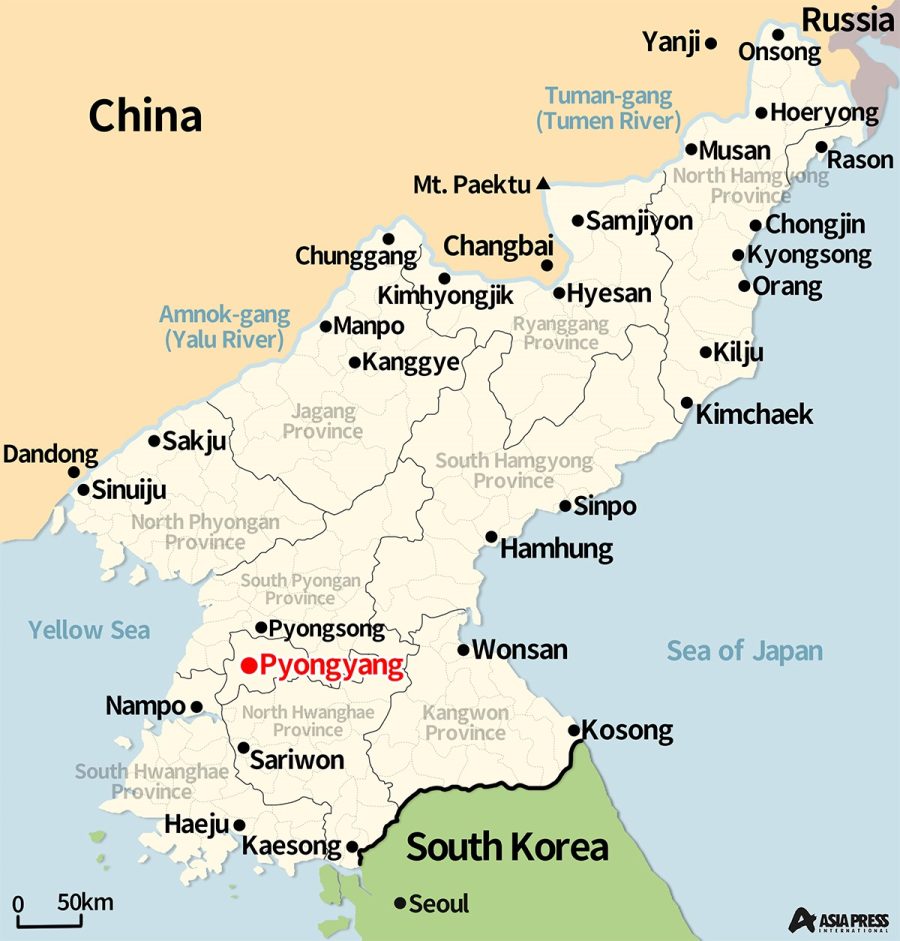
<North Korea Special> What is the Reality of Kim Jong-un's Agricultural Policy Reform? (8) Farms Directly Selling Grain, Even Setting Prices... What Is the Newly Emerged 'Agricultural Material Exchange Center'?

